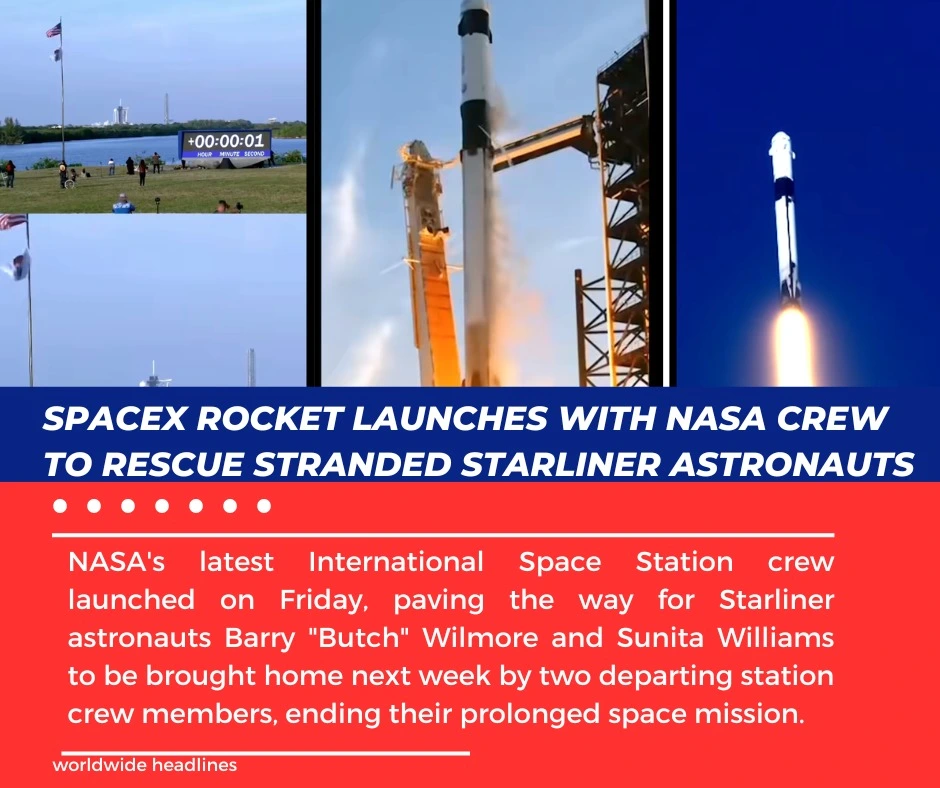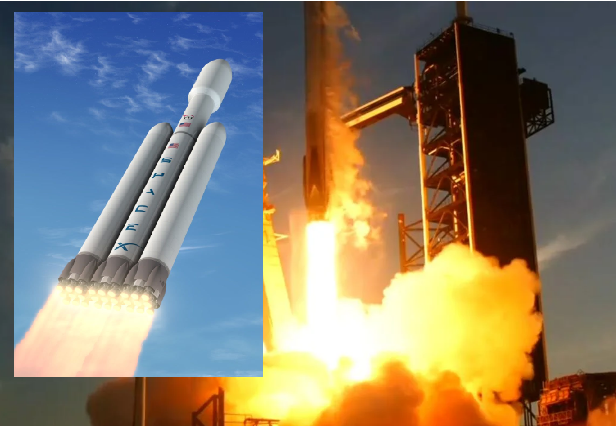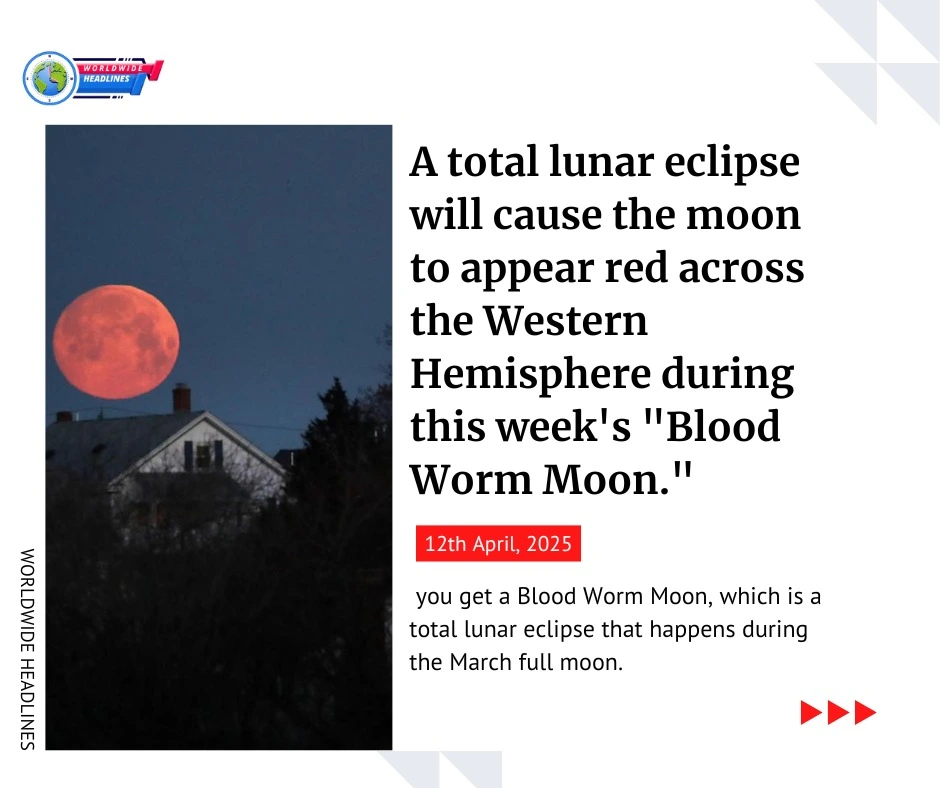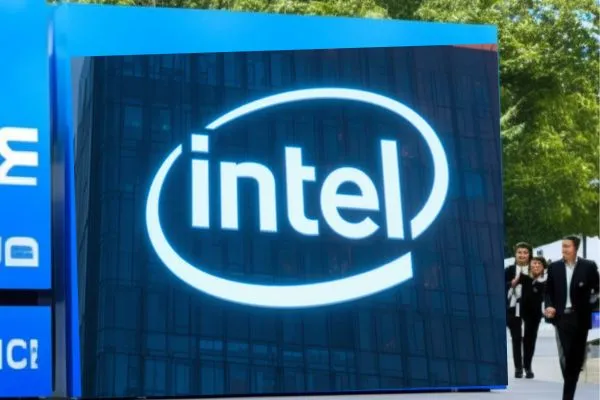In a jaw-dropping turn of events, NASA’s SpaceX Crew-10 mission has successfully launched, carrying a crew of astronauts on a critical mission: bringing home two colleagues who have been stranded in space for an astonishing nine months.
This high-stakes operation, which sounds more like a Hollywood blockbuster than real life, is finally giving NASA astronauts Barry “Butch” Wilmore and Sunita “Suni” Williams a long-awaited ticket back to Earth.

A 10-Day Mission That Became a 9-Month Ordeal
Wilmore and Williams originally launched aboard Boeing’s Starliner spacecraft on June 5, 2024, expecting to spend just 10 days at the International Space Station (ISS). However, fate had other plans.
Soon after arriving, technical failures—including persistent helium leaks and critical thruster malfunctions—left the Starliner unable to safely return to Earth.
What was supposed to be a brief stay turned into an agonizingly long wait as NASA and Boeing worked to diagnose and address the spacecraft’s flaws.
With no immediate solutions, the two astronauts had no choice but to hunker down on the ISS indefinitely.
Enter SpaceX: The Rescue Crew Takes Flight
After months of uncertainty, relief finally arrived in the form of NASA’s SpaceX Crew-10 mission. On March 14, 2025, a Falcon 9 rocket blasted off from Kennedy Space Center in Florida, carrying four astronauts tasked with ensuring the safe return of Wilmore and Williams.
The rescue team consists of NASA astronauts Anne McClain and Nichole Ayers, JAXA (Japan Aerospace Exploration Agency) astronaut Takuya Onishi, and Roscosmos cosmonaut Kirill Peskov.
Their mission is twofold: replace Wilmore and Williams aboard the ISS and provide them with a functional spacecraft to bring them back home at last.
A Journey Fraught with Challenges
The road to this daring rescue was far from smooth. The Crew-10 launch faced a two-day delay due to a hydraulic issue with ground equipment.
Adding to the tension, just days before liftoff, a SpaceX Starship explosion on March 6, 2025, caused debris to scatter and temporarily halted flights at Florida airports, further complicating the mission’s timeline.
Despite these setbacks, the Crew-10 mission proceeded successfully, marking another milestone in SpaceX’s collaboration with NASA and further proving the reliability of the company’s Crew Dragon spacecraft.
The Hidden Cost of Being Stranded in Space
While Wilmore and Williams have remained in relatively good health, prolonged space missions come with serious risks.
Astronauts who spend extended time in microgravity can suffer from muscle atrophy, bone density loss, vision impairment due to fluid shifts, and an increased risk of cancer from radiation exposure.
Beyond the physical toll, the psychological strain of isolation and uncertainty can weigh heavily on even the most seasoned space travelers. Source
NASA will closely monitor the astronauts upon their return, using their experience to improve future deep-space missions.
The Countdown to a Triumphant Return
Now, with Crew-10 safely docked at the ISS, the long-awaited return of Wilmore and Williams is within reach.
NASA estimates their journey home will take place around March 20 or 21, 2025.
Their unintended extended mission, while stressful, has provided NASA with invaluable data on human endurance in space, potentially shaping the future of long-duration spaceflight.
A Test of Human Resilience and Ingenuity
This unprecedented mission is a testament to the unpredictable nature of space exploration.
It highlights not only the dangers of venturing beyond our planet but also the resilience, adaptability, and unwavering commitment of astronauts and scientists alike.
As Wilmore and Williams prepare to finally set foot back on Earth, their journey serves as both a cautionary tale and an inspiring reminder of the relentless pursuit of progress in space exploration.
Against all odds, humanity continues to push the boundaries of what’s possible, proving that even in the vast emptiness of space, we never leave anyone behind.










